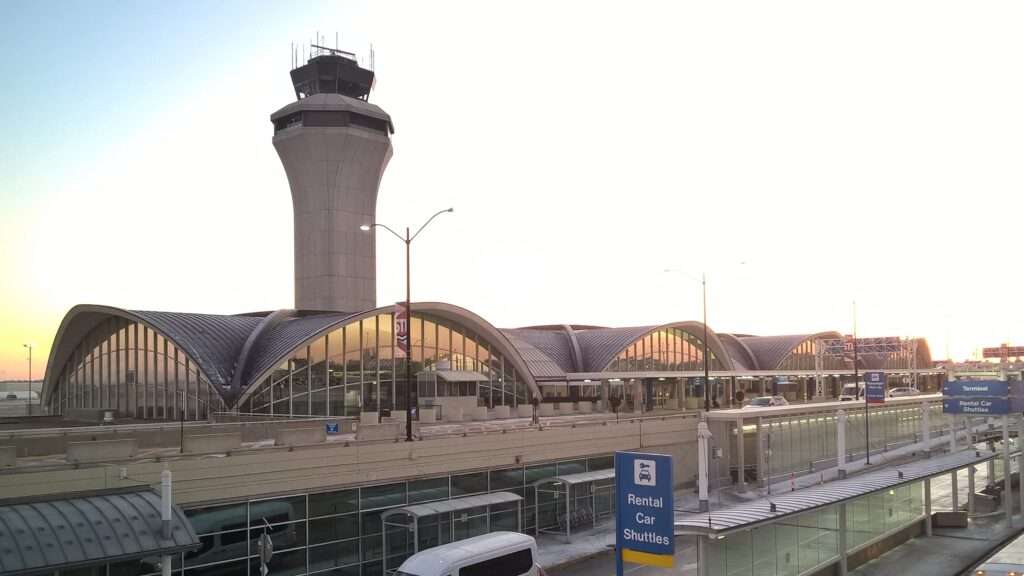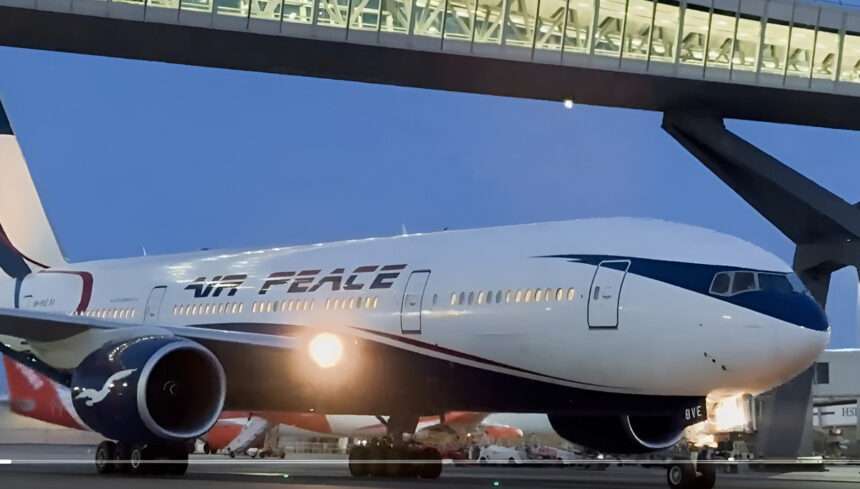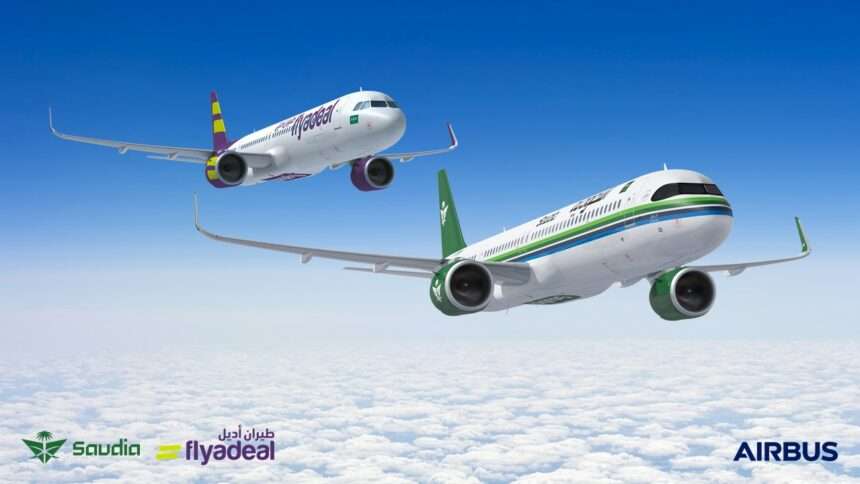Lambert-St. Louis International Airport (STL), also known as Lambert Field or simply Lambert, boasts a rich history intertwined with the evolution of American aviation.
From its early days as a training ground for WWI pilots to its status as a major airline hub, STL has played a significant role in connecting St. Louis to the world.
Early Days: Taking Flight in St. Louis (1919-1940)
The story of STL begins in 1919 when a group of St. Louis businessmen purchased land northwest of the city for a flying field.
Named after Albert Bond Lambert, a prominent St. Louisan and Olympic medalist who actively promoted aviation, the airfield initially served as a training ground for World War I pilots.

Civilian airmail service arrived in 1926, solidifying Lambert Field’s role in transportation.
The 1930s witnessed significant growth for the airport.
In 1934, a Works Progress Administration (WPA) project led to the construction of the iconic Terminal 1, designed in the Art Deco style.
This terminal, with its curved glass facade and central tower, remains a recognizable landmark of the airport today.
Another crucial development occurred in 1938 when Trans World Airlines (TWA) chose Lambert Field as its headquarters.
TWA’s establishment at STL not only boosted passenger traffic but also cemented the airport’s position as a major player in the nascent commercial aviation industry.
Mid-Century Boom: The Rise of TWA and Air Traffic Control (1940-1970)
The post-war era proved to be a period of immense growth for STL. Passenger numbers skyrocketed, fueled by the increasing affordability and popularity of air travel.
TWA, now headquartered at STL, became a major international airline, operating a vast network of routes across the globe.
The iconic TWA Flight Center, designed by famed architect Eero Saarinen and completed in 1959, became a symbol of the “Jet Age” and STL’s status as a global aviation hub.
Another significant development of this era was the pioneering work done at STL in the field of air traffic control (ATC).

St. Louis’ centralized location and growing air traffic volume made it an ideal testing ground for new ATC technologies.
The innovations developed at STL helped to ensure the safe and efficient movement of air traffic across the country.
Shifting Landscape: Airline Consolidation and Challenges (1970-2000)
The latter half of the 20th century presented challenges for STL.
The deregulation of the airline industry in 1978 led to consolidation among carriers, impacting TWA’s dominance.
The airline eventually faced financial difficulties and was acquired by American Airlines in 2001.
Despite these challenges, STL continued to be a major airport, serving as a hub for American Airlines and other carriers.
However, the airport also faced competition from the newly opened MidAmerica St. Louis Airport (BLV) located further east in the metropolitan area.
Modernization and Looking Ahead (2000-Present)

The 21st century has seen STL undergo significant modernization efforts.
Terminal 2 was expanded in 2005, and Terminal 1 received a major renovation in 2012.
Additionally, construction began on a new MetroLink light rail extension in 2019, which will connect STL directly to BLV, offering passengers a convenient and environmentally friendly transportation option between the two airports.
Today, STL remains the primary commercial airport serving metropolitan St. Louis.
It offers nonstop service to destinations throughout the United States, the Caribbean, Mexico, Canada, and Europe.
While the airline landscape has changed, STL continues to adapt and evolve, ensuring its position as a vital transportation hub for St. Louis and the surrounding region.
Looking ahead, STL faces the challenge of remaining competitive in a dynamic aviation industry.
Continued infrastructure improvements, attracting new airlines, and maintaining a focus on passenger experience will be crucial for STL’s future success.
In conclusion, Lambert-St. Louis International Airport has come a long way since its humble beginnings as a training ground for WWI pilots.
Over the decades, it has witnessed the rise and fall of major airlines, pioneered advancements in air traffic control, and served as a gateway to the world for millions of travelers.
As STL continues to modernize and adapt, its rich history ensures its lasting legacy as a major aviation hub in the United States.

Click the banner to subscribe to our weekly newsleter.

Click the photo to join our WhatsApp channel so then you can stay up to date with everything going on in the aviation industry!








